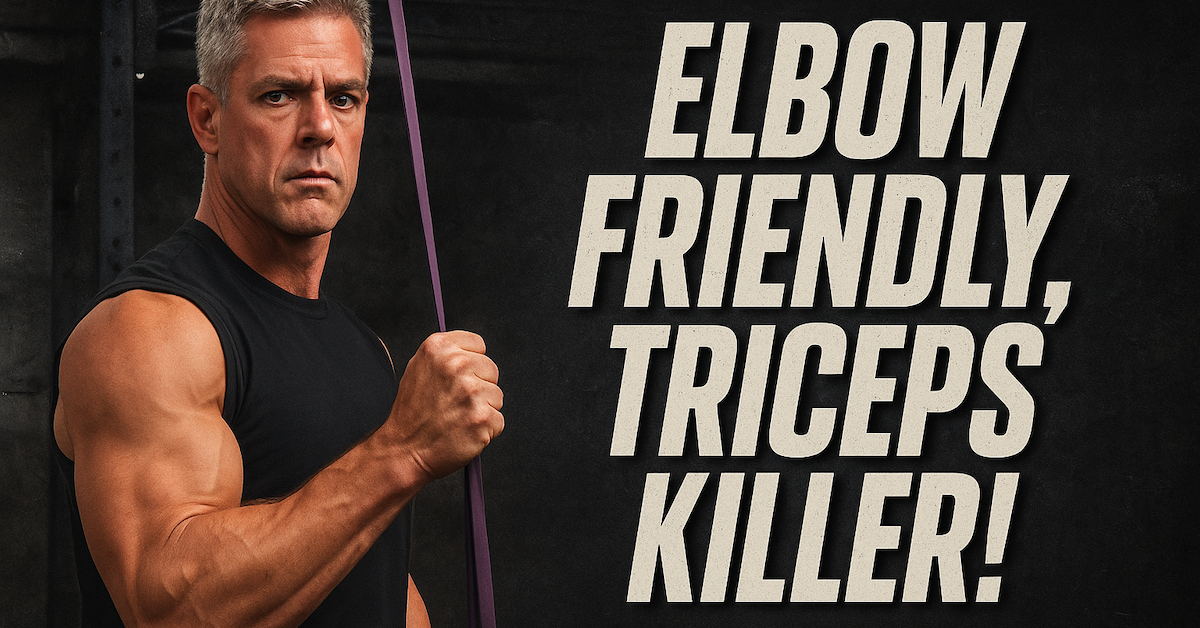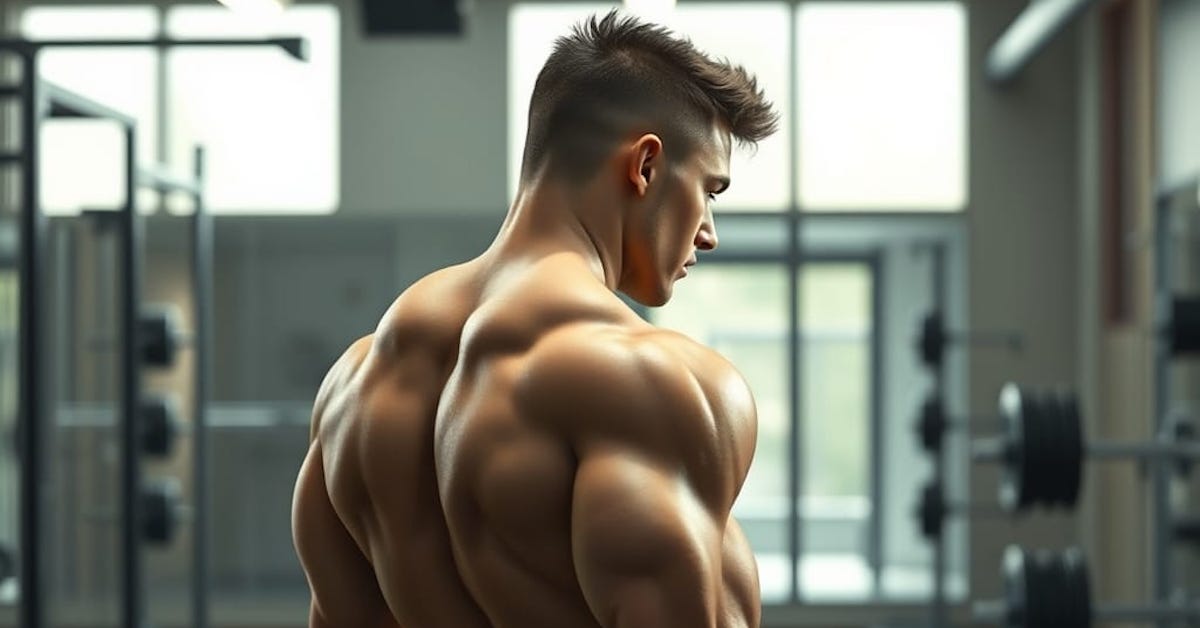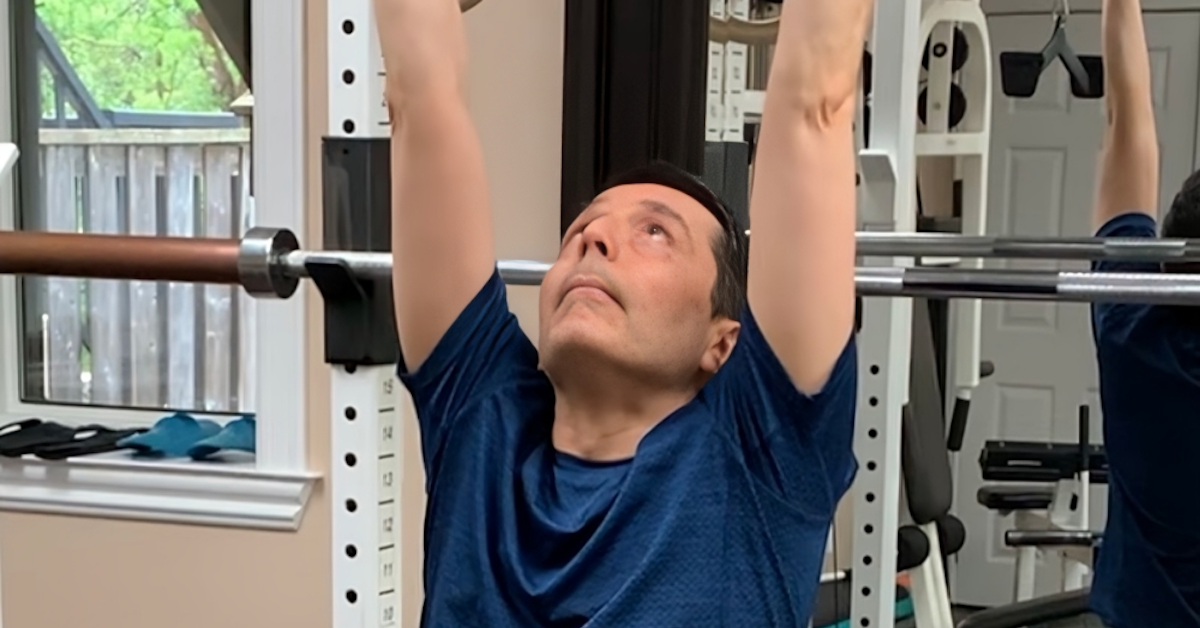For those who read my article 14 Reasons You Shouldn’t Ignore Full Squat Benefits!, here are four more reasons to reconsider the outdated belief that the knees shouldn’t pass the toes during squats.
1. The VMO and Knee Stability
The vastus medialis obliquus (VMO)—a crucial stabilizer of the knee—has three innervation points and plays a key role in protecting the knee at the bottom of a squat (Poliquin). Strengthening this muscle through full squats can enhance knee health and stability.
So, how deep should you squat? If we take inspiration from our ancestors—who performed daily activities in a deep squat position—we should aim to squat low enough to place our palms on the ground (Chek).
2. Knee vs. Hip and Back Stress
A study by Fry et al. (2003) found that allowing the knees to travel past the toes during squats increases knee torque by about 28%. However, restricting knee movement forces the hips to compensate, increasing torque on the hip joint by over 1000%! (Study Link)
The question is: Would you rather slightly increase stress on the knees with a proper full squat, or significantly increase stress on the hips and lower back by leaning forward into a partial squat?
And let’s not forget—your spine protects your nervous system. Keeping your torso more upright by allowing knee travel is likely the smarter choice.
3. Full Squats Protect, Not Harm
A review by Hartmann et al. (2013) titled “Analysis of the Load on the Knee Joint and Vertebral Column with Changes in Squatting Depth and Weight Load” concluded that deep squats help prevent injuries, not cause them! (Study Link)
4. Everyday Movement Requires Knee Travel
If the knees should never travel past the toes, how do you climb stairs? The reality is that in both sports and daily life, knee travel is inevitable and necessary for proper movement mechanics.
For even more insight, check out my television segment below.
And if function isn’t your priority, consider this legendary line from Tom Platz—aka “Mr. Legs”:
“Half squats equal half legs!”

Standing Band Pressdowns: The Joint-Friendly Triceps Builder
If you want bigger, stronger arms but struggle with elbow pain or can’t seem to get the right triceps activation

Target Your Rear Delts Like Never Before
If you’ve struggled to feel your rear delts working—or to fill in that rear delt gap—this variation of the bent-over

Leo’s Chin-Up Journey (Day 1): From Zero to Hero
Can’t Do a Chin-Up? Neither Could Leo… But That’s About to Change. Leo started training with me back in September.
follow
Error: No feed with the ID 2 found.
Please go to the Instagram Feed settings page to create a feed.
